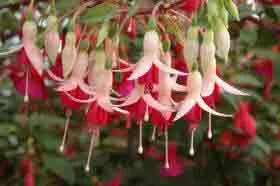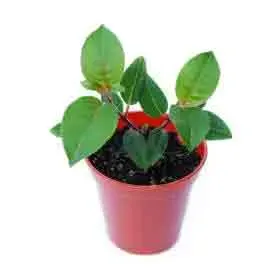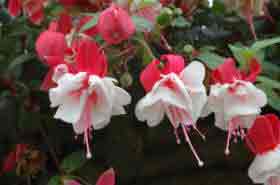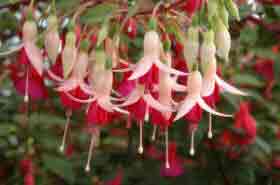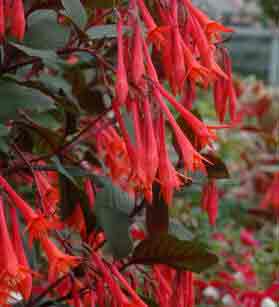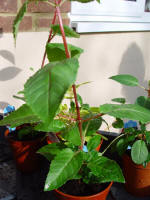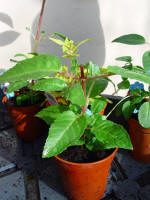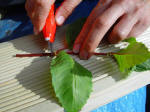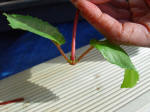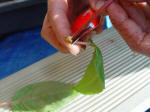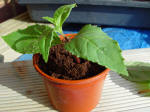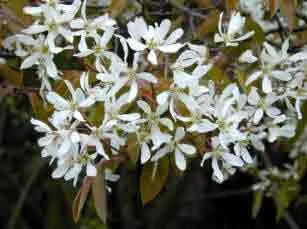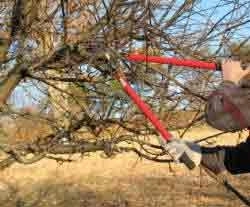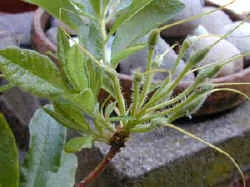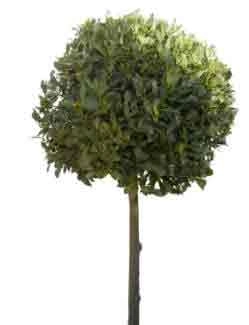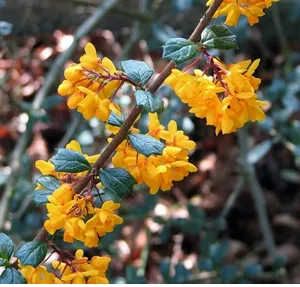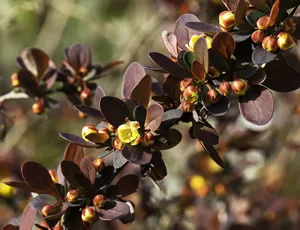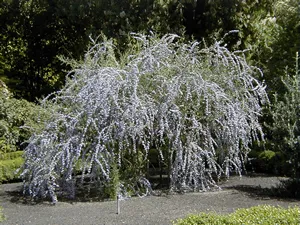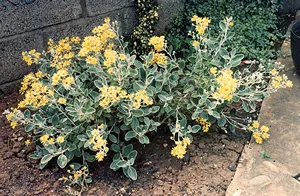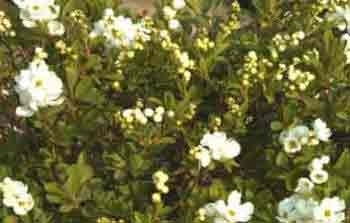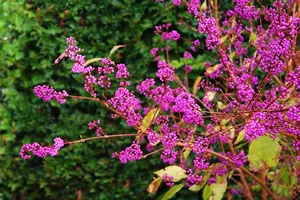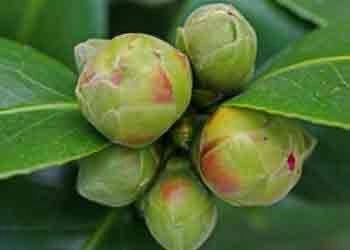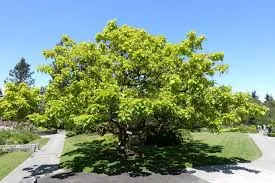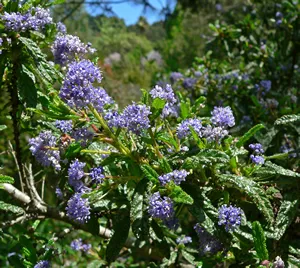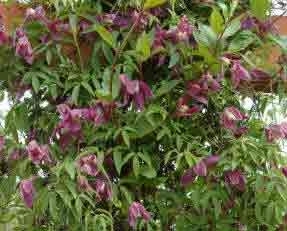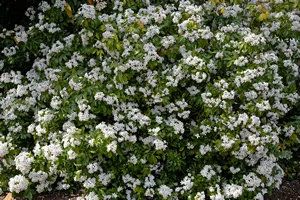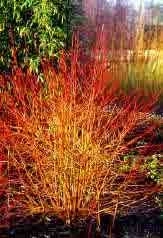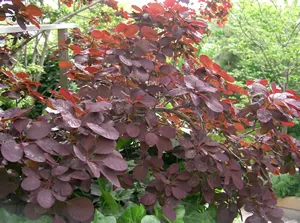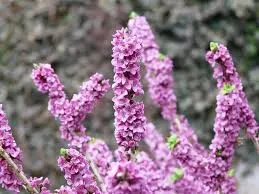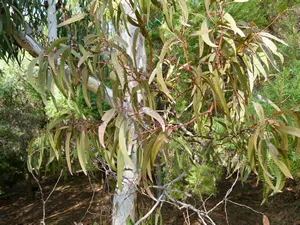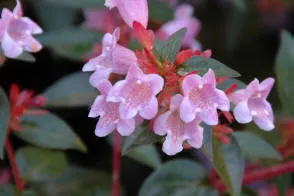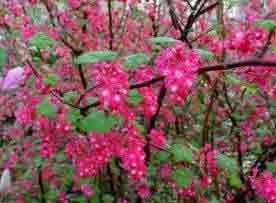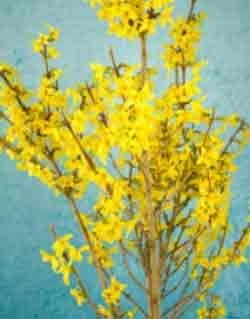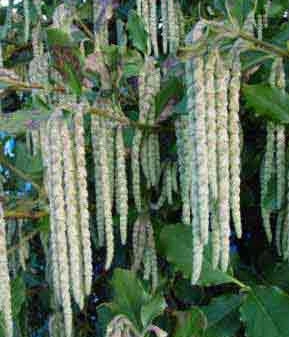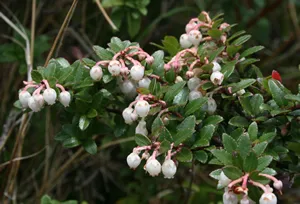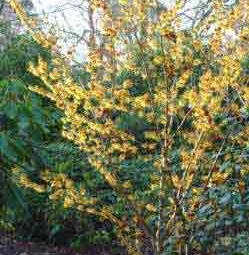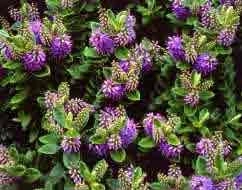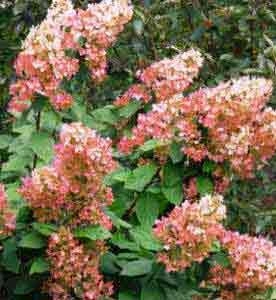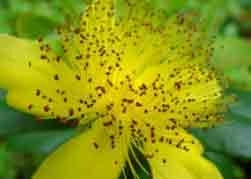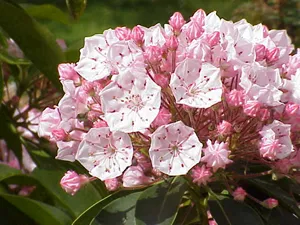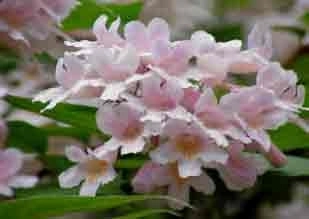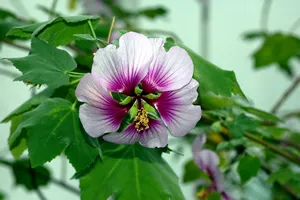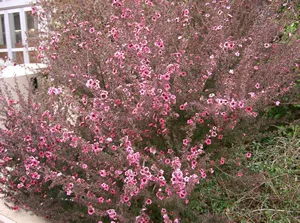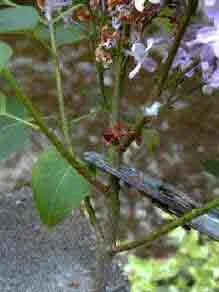Hardy Shrub Fuchsias These are suitable for growing in the garden all year round – though deciduous and lying dormant for the winter. Normally cut to ground level each spring, they will soon re-form a shrub which is several feet high and full of flower from midsummer onwards; absolutely excelling in the later months and through until autumn frosts.
Half Hardy Bush or Bedding Fuchsia As the name suggests, this group are small woody stemmed plants which are sold in garden centers during spring and early summer – or can be bought online – for use in bedding plant schemes in the garden or more popularly as container plants for the patio or window ledges. They are not reliably hardy so can either be discarded at the end of summer, propagated for use the following year or over-wintered in frost free conditions – ready to start life anew the following spring.
Trailing or Hanging Fuchsias These are much the same as the bedding or bush varieties with the added attraction of a loose habit of growth ranging from drooping branches to fully pendant weeping steams that – when planted in a hanging basket – can from a drooping cascade of colourful flowers down from the basket – as much as 2ft (60cm). They can also be planted quite effectively in pots atop a pedestal, though need to be firmly anchored to cater for the sheer weight of flowers – especially in a sudden breeze!
Standard Fuchsias These spectacular forms are normally of the bush types above, which have been grown for a year or more at the nursery and trained to grow up one central stem – somewhat akin to a standard rose. They are not hardy, so will require winter cosseting – and if planted in a patio pot will need support and shelter to ensure they stay upright. If they fall over, the heads often suffer considerable damage – though soon re-form their former glory.
If planting in the garden – such as a mid-bed feature, consider just plunging the pot below earth level rather than removing the pot and plating as per normal shrub. This will make them much easier to ‘harvest’ in the autumn when they will need to be bought under cover for the winter months.
Problems and Pests of Fuchsias Other than the main cultural aspects covered above, Fuchsias are susceptible to aphids – whether grown indoors or outdoors.
Red Spider mites and whitefly in particular can be a pest when grown indoors – especially at the start of the growing season in a greenhouse.
When grown in pots, they can suffer from vine weevil beetle larvae nibbling away at the root system – leading to a collapsed plant. Potted plants which have been overwintered under cover are also prone to this invidious pest.
The main disease – though not common is that of Botrytis or grey mould – especially in the early part of the year or with plants emerging from winter dormancy in the greenhouse.
